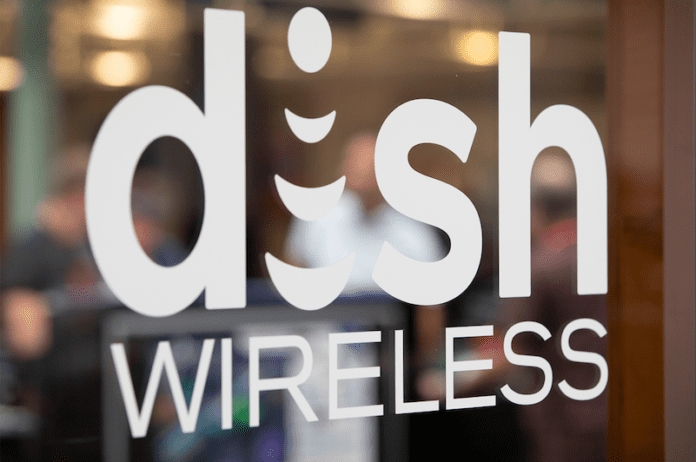Company says no customer databases breached during cybersecurity incident in February, but employee data was extracted
Dish Network continues to lose wireless customers, seeing 81,000 subscribers leave the service during the first quarter of the year as well as a loss of 552,000 pay-TV subscribers.
Comparatively, Dish lost approximately 343,000 wireless customers and 462,000 pay-TV subscribers in the year-ago quarter.
Profits were down significantly as well, totaling $223 million for the first quarter of 2023, compared to $433 million for the year-ago quarter. Revenues missed Wall Street expectations by around $100 million, coming in at $3.96 billion for the quarter, down from $4.33 billion for same period in 2022.
Dish ended the first quarter with 9.198 pay-TV subscribers, between Dish TV and Sling TV, and 7.9 million wireless subscribers across its brands, which include Boost Mobile, Ting Mobile, Republic Wireless and its 5G Project Genesis service.
The operator, which runs wireless service primarily as an MVNO while it builds out its own 5G network, has seen fairly steady customer attrition in the last eight quarters, with customer losses each quarter except the third quarter of 2022, when it posted 1,000 net additions. Wireless ARPU has also been on a downward trend, from $39.10 in the second quarter of 2021 to $36.43 in the most recent quarter.
In terms of its 5G build-out, Dish said in its SEC filing that as of March 31, 2023, it had “started construction” on more than 18,000 5G cellular sites, and that it expects to need about 16,000 sites to be “fully powered and fibered to provide 5G broadband service to over 70% of the U.S. population.” The company said in June of 2022 that it was covering 20% of the U.S. population; its next build-out requirement is that it has to cover 70% of the U.S. population with 5G by June 2023, but if it is covering at least 50% of the domestic population by that point, it gets an extension until June 2025 to reach the 70% mark—with potential penalties for its tardiness.
The company’s filing also reiterated that Dish is in “ongoing conversations with CONX Corp. (an entity partially owned by Charles W. Ergen, our Chairman) regarding a transaction involving our Retail Wireless business unit.” CONX is a special-purpose acquisition company (SPAC) founded by Ergen in 2020, and the SPAC reported in the fall of 2022 that Ergen’s SPAC might be interested in purchasing Dish’s wireless business.
Dish experienced a cybersecurity attack in late February that the company said disrupted its “internal servers and IT telephony”; customers reported on social media for weeks that they were having problems ranging from paying bills to accessing their accounts. The company says it has since confirmed that while customer databases were not accessed, “certain employee-related records as well as a limited number of other records containing personal information were among the data extracted,” the company said in its quarterly SEC filing. “We have taken steps to protect the affected records and personal information, and we received confirmation that the extracted data has been deleted. While we have no evidence that this data has been misused, we have started the process of notifying individuals whose data was extracted.” Dish estimated that it incurred around $30 million in cybersecurity-related expenses during the quarter as a result of the cyber attack, both to remediate the issue and in providing additional customer support.

